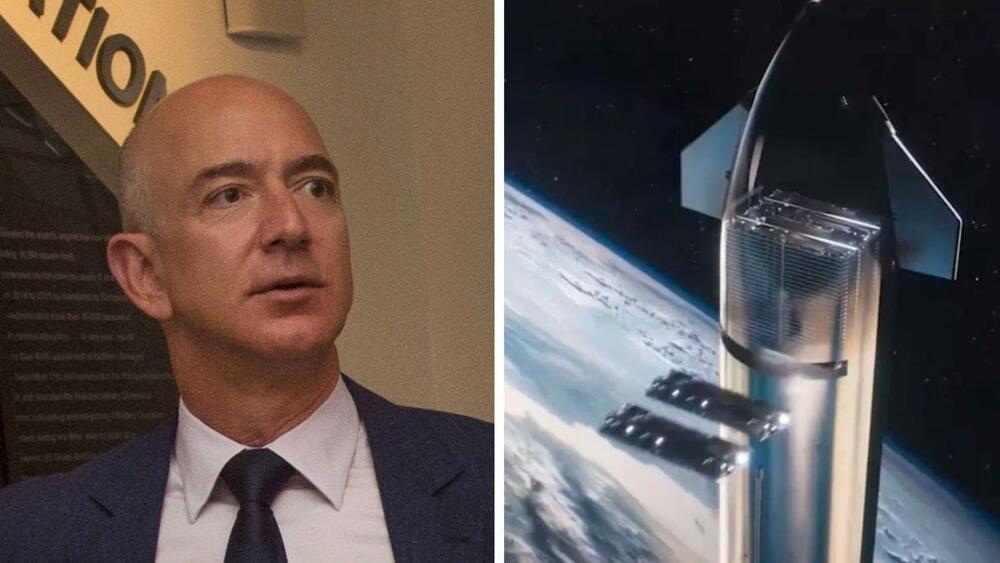Ever hear of the Turk —the 19th-century mechanism topped by a turbaned head that played chess against all comers? In fact, hidden inside was a diminutive chessmaster, one you might imagine deadpanning, “Eh, It’s a living.”
Then there’s its namesake, the Mechanical Turk —a 21st-century service offered by Amazon to mark up images on the Web with the help of crowdsourced freelancers. They, too, might intone, glassy-eyed, “It’s a living.”
Now we have a kind of Biological Turk. A mass of neurons act as a computer that mimics a human being playing the classic computer game Pong. The neurons, some taken from mouse embryos, others grown from human precursor cells, spread out into a one-layer, 800,000-cell mesh called a biological neural network, which lives in a giant petri dish called the DishBrain. There it interfaces with arrays of electrodes that form an interface to silicon hardware. Software mounted on that hardware provides stimulation and feedback, and the minibrain learns how to control a paddle on a simulated ping-pong table.





